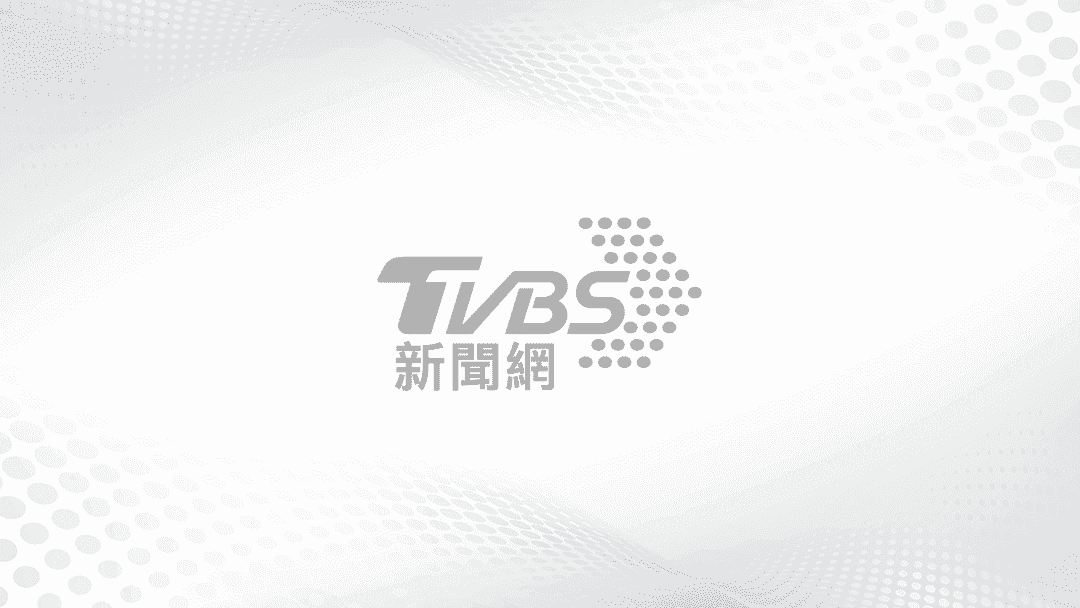TAIPEI (TVBS News) — A university research report recently pointed out that the Cold War era's explosions of American and Russian nuclear bombs, released high levels of Cesium-137 residues into seawater. Sixty years later, these levels are a thousand times higher than that of the Cesium-137 released between 2016-2018 from the Fukushima nuclear disaster, experts said.
"The amount of Cesium-137 residues from nuclear bomb testings 60 years ago by the United States and the Soviet Union is far greater than the amount that still remains in the seawater from the Fukushima accident in 2011," said Chen Chen-tung, a professor at National Sun Yat-sen University's College of Marine Sciences.
In response to the public concerns, restaurant owners on the north coast remarked that when the Fukushima nuclear disaster happened, many customers asked whether their seafood would be affected. "I still pay attention to it, radiation levels, sometimes the Fisheries Agencies will do water quality tests and reports along our coasts," said Lin Chong-han, a seafood store owner.
Yeh Tsung-kuang, a professor at the Department of Engineering and System Science, Tsinghua University, added: " The regulatory authorities will also conduct sampling tests, whether on food imported from Japan or fish and shellfish caught nearby by fishermen. In fact, over the past ten years, the results of sampling tests have not found any instances of Cesium-137 exceeding the standard."
As the public is likely afraid of consuming any food that contains nuclear radioactive waste, although the seafood is checked again and again, doubts may still occur, as many remain wary.










